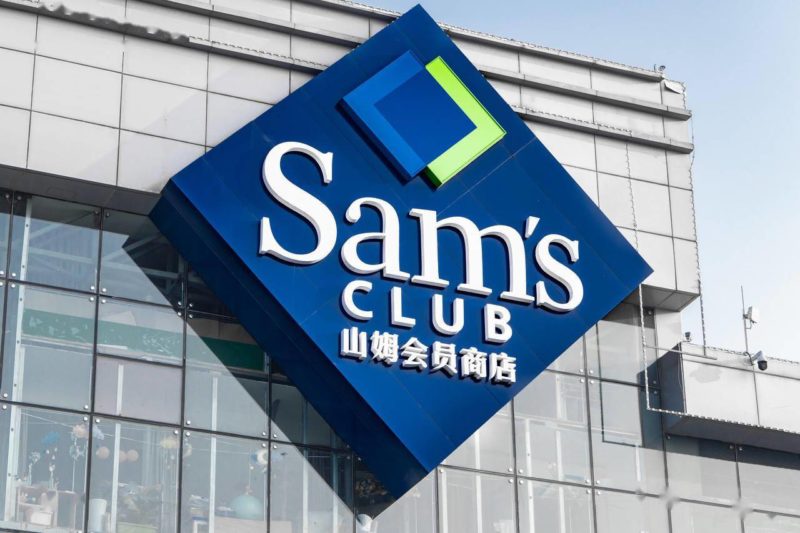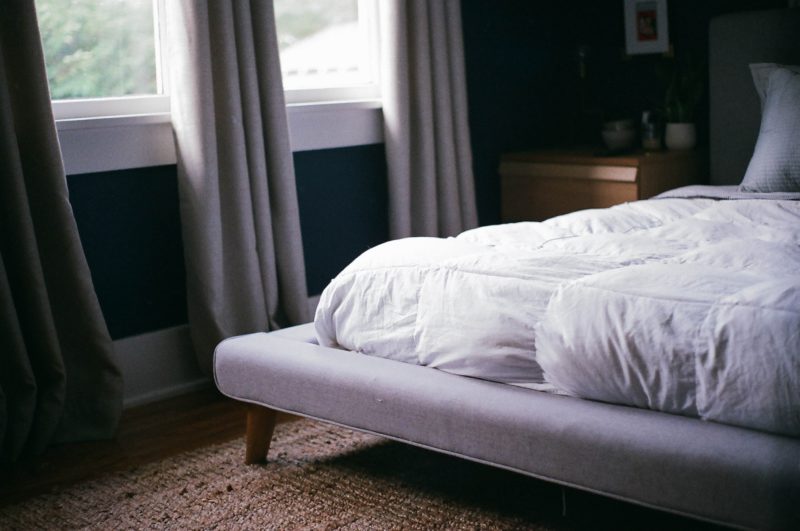The Second-Hand Effect Report 2021 points out that China’s second-hand market has surged from 300 billion RMB ($46.39 billion) to one trillion RMB ($154.63 billion) between 2015 and 2020, and it is expected to grow further up to 3 trillion RMB ($463.9 billion) by 2025. Buying used products is now a fashionable way of living, particularly amongst Gen-Y and Gen-Z in China.
The Report concludes that China has reduced 1.78 million tons of carbon emissions from people buying used products on Zhuanzhuan, a major e-commerce platform in the second-hand market. Behind this number is a huge reselling market. According to the report, the top four types of second-hand products are home appliances, fashion and accessories, furniture and books. One sub-class particularly worth noticing is luxury.
China’s pre-owned luxury market increased massively over the past four years, from 5.9 billion RMB ($912 million) in 2016 to 17.3 billion RMB ($2.68 billion) in 2020. The main driving forces are Gen-Y and Gen-Z consumers, who are highly engaged in fashion and value cost-effectiveness. With Gen-Z entering the labour market, the market is estimated to reach 34.8 billion RMB ($5.38 billion) in 2025. Emerging second-hand businesses attract investors and flourish in the Chinese market. Baobaoshe, an AI-driven Chinese resale luxury e-commerce platform, is one of them, who received 100 million RMB ($15.46 million) this month.
China’s luxury market has accumulated a huge stock of 4 trillion RMB ($618.5 billion) over the past decade, which gives potential to a fast-growing resell market in luxury. However, compared with the major players in luxury, such as the US, Japan and UK, whose used products transaction volume account for over 20% of the overall market, China only sees 5%. Besides, the young industry is still lacking a leading chain brand, structured buying platforms and identifying service system.
Read more:









